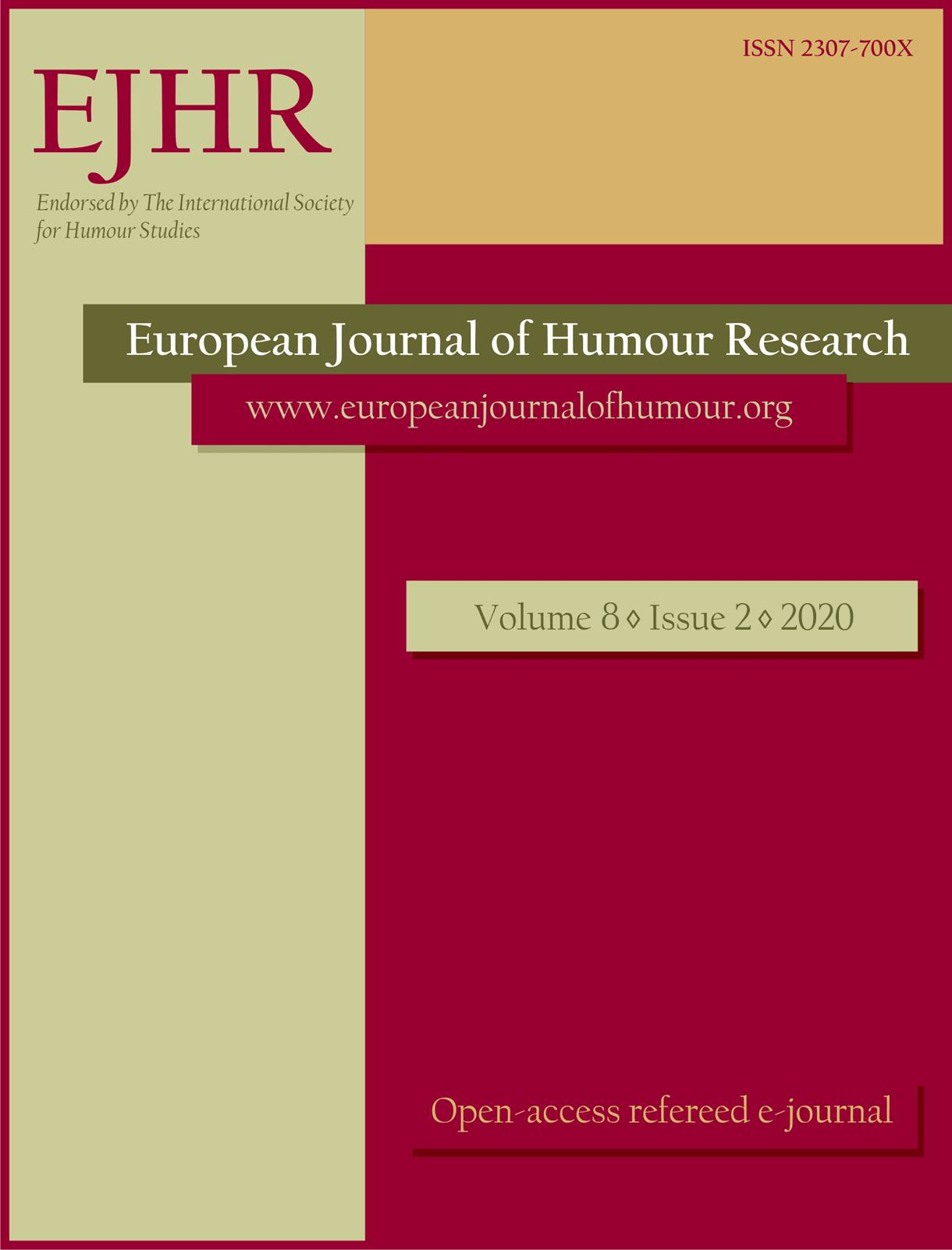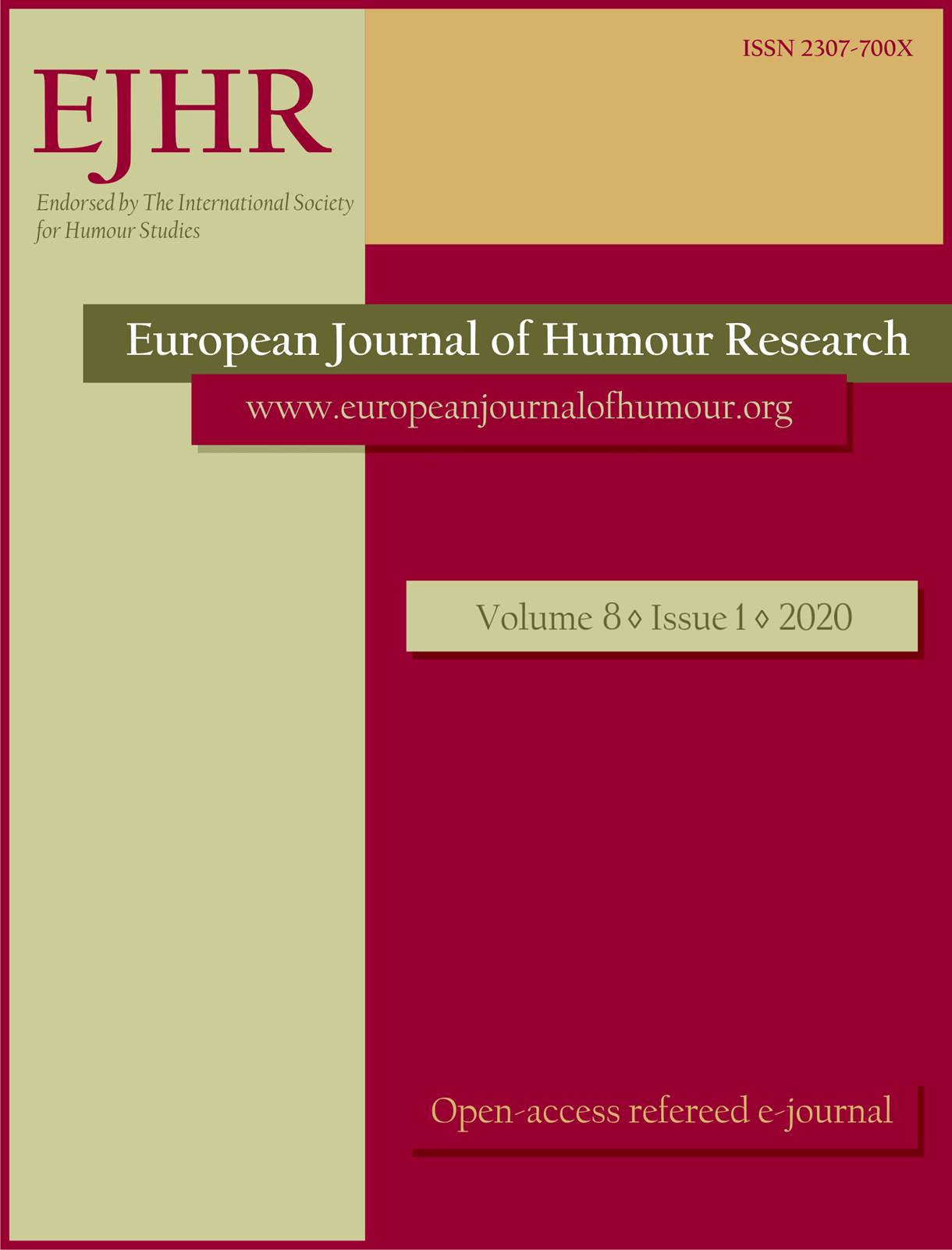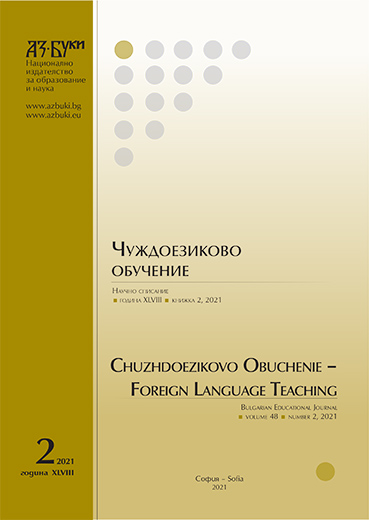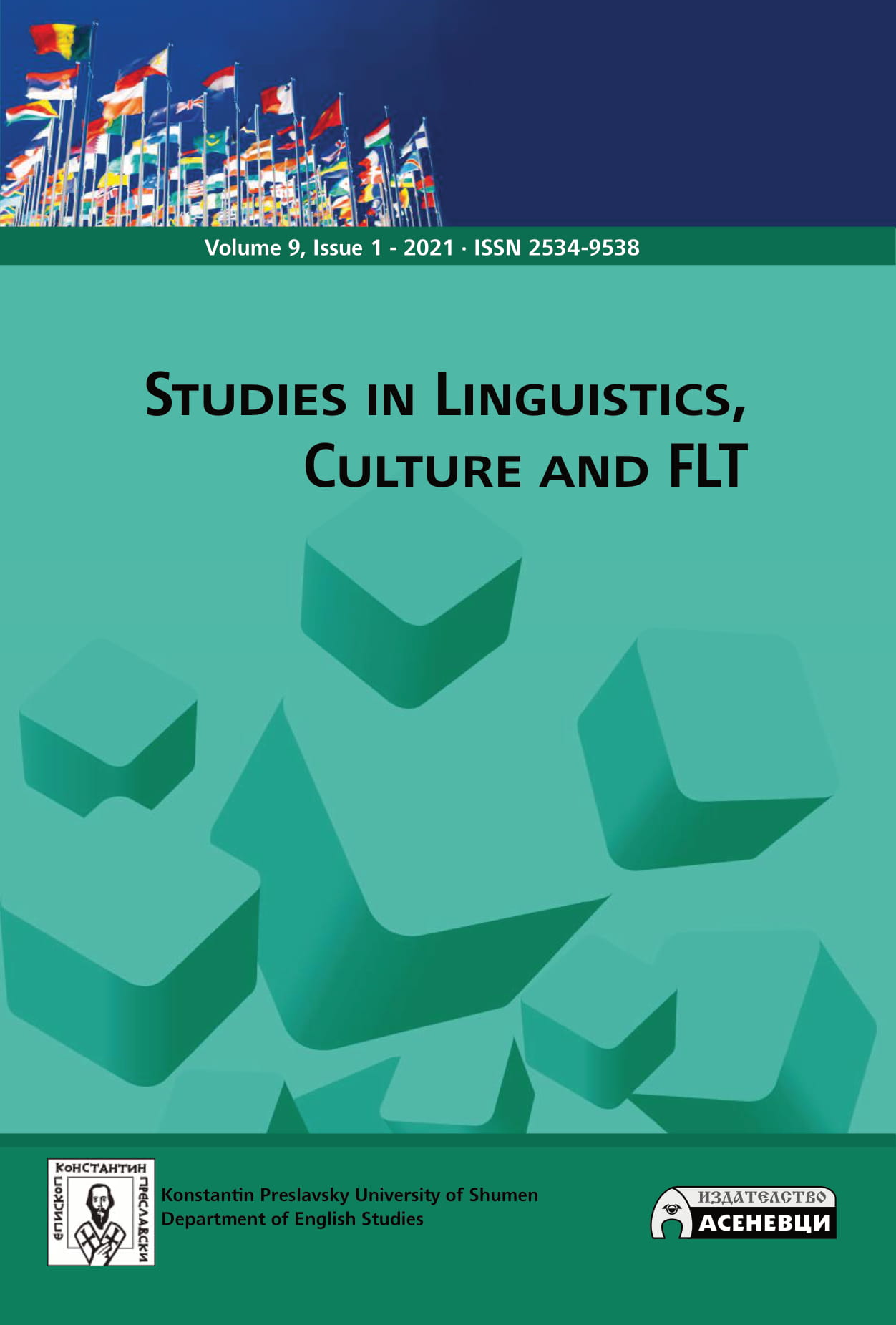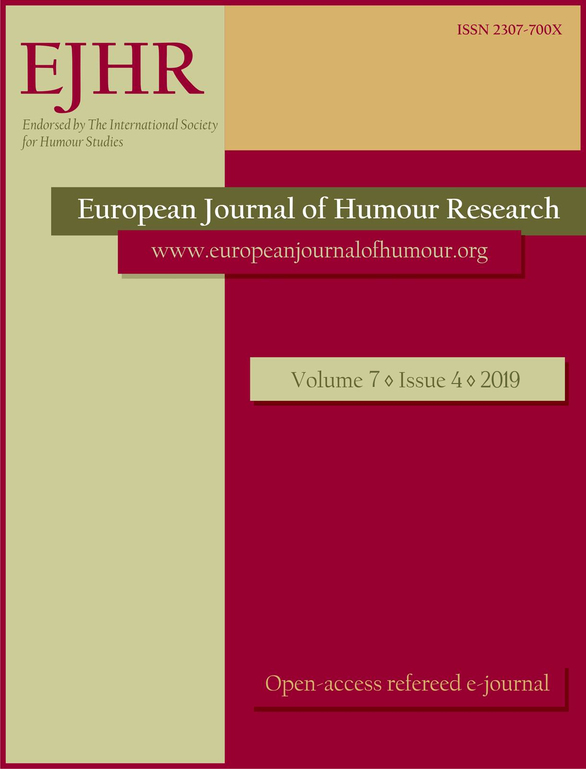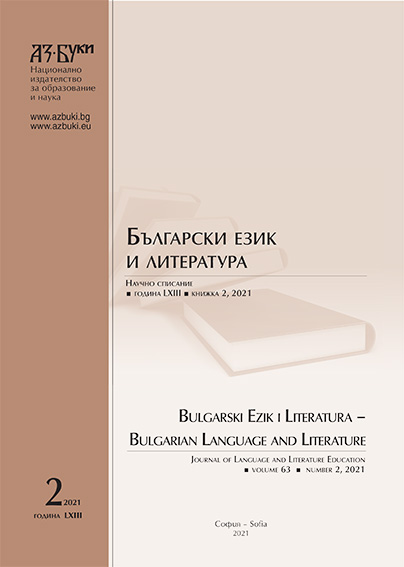
About the Syntactic Structure of Bulgarian Proverbs and English Proverbial Parallels to Them
The article considers the most frequent sentence structures of Bulgarian proverbial parallels to Russian proverbs included into G. L. Permyakov’s paremiological minimum. The aim of the study is to classify the syntactic structures of the Bulgarian proverbs in comparison with the structures of the English proverbial parallels. The research has been based on the findings of a paremiological sociolinguistic experiment conducted by Professor M. Yu. Kotova of St. Petersburg State University and her paremiological group that resulted into series of publications titled “Tetradi Paremiographa” (“Handbooks of a Paremiographer”). The relevance of studying sentence structures is due to the fact that the coverage of grammatical issues, i.e. the analysis and description of the logical and syntactic structures of proverbs, is not paid sufficient attention in many languages.
More...
